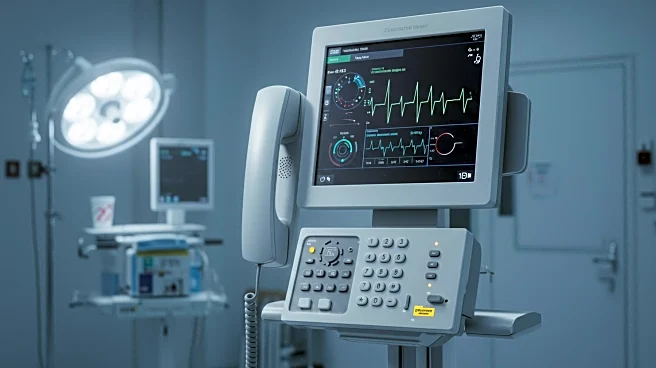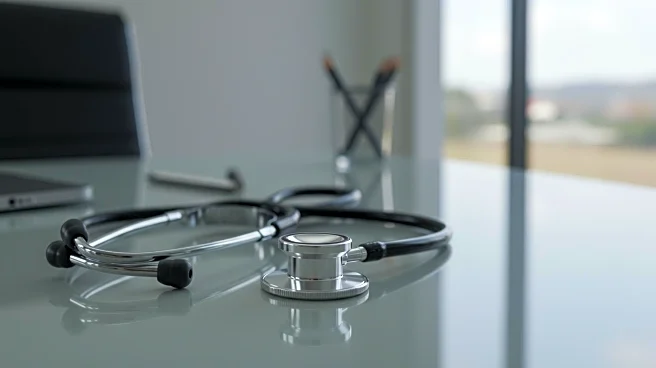Rapid Read • 7 min read
Researchers at Brigham and Women’s Hospital and Mass General Brigham have conducted a study using wearable ECG patches to monitor patients at home after cardiac surgery. The study aims to identify atrial fibrillation (AFib) events that may go undetected after hospital discharge. AFib is a common complication following cardiac surgery, affecting up to 40% of patients. The study enrolled over 100 patients who received wearable ECG patches at discharge, which continuously recorded heart rhythm data for up to 14 days. Preliminary findings suggest that AFib events occur more frequently after discharge than previously recognized, raising questions about patient vulnerability and the potential for real-time data to inform clinical interventions.
AD
The study highlights the potential of remote monitoring technology to improve post-operative care and patient outcomes. By identifying arrhythmias that occur after discharge, continuous monitoring can enable earlier intervention, reducing the risk of complications such as stroke and the need for blood thinners. The findings suggest that traditional monitoring methods may overlook critical recovery periods, emphasizing the need for innovative approaches to patient care. The use of wearable technology in healthcare could lead to new models of post-operative care, where clinicians can track recovery outside the hospital and respond to changes in real time, ultimately enhancing patient safety and treatment efficacy.
The study's implications extend beyond cardiac surgery, suggesting broader applications for remote monitoring in various medical settings. Continuous, noninvasive monitoring could support care across a range of conditions, replacing bulky inpatient telemetry and informing preoperative risk assessments. The integration of wearable technology into healthcare systems could lead to more responsive, individualized, and efficient care, improving outcomes for patients undergoing major procedures. As the healthcare industry continues to explore the potential of remote monitoring, this study provides valuable insights into how technology can bridge gaps in postoperative oversight and enhance patient care.
AD
More Stories You Might Enjoy










